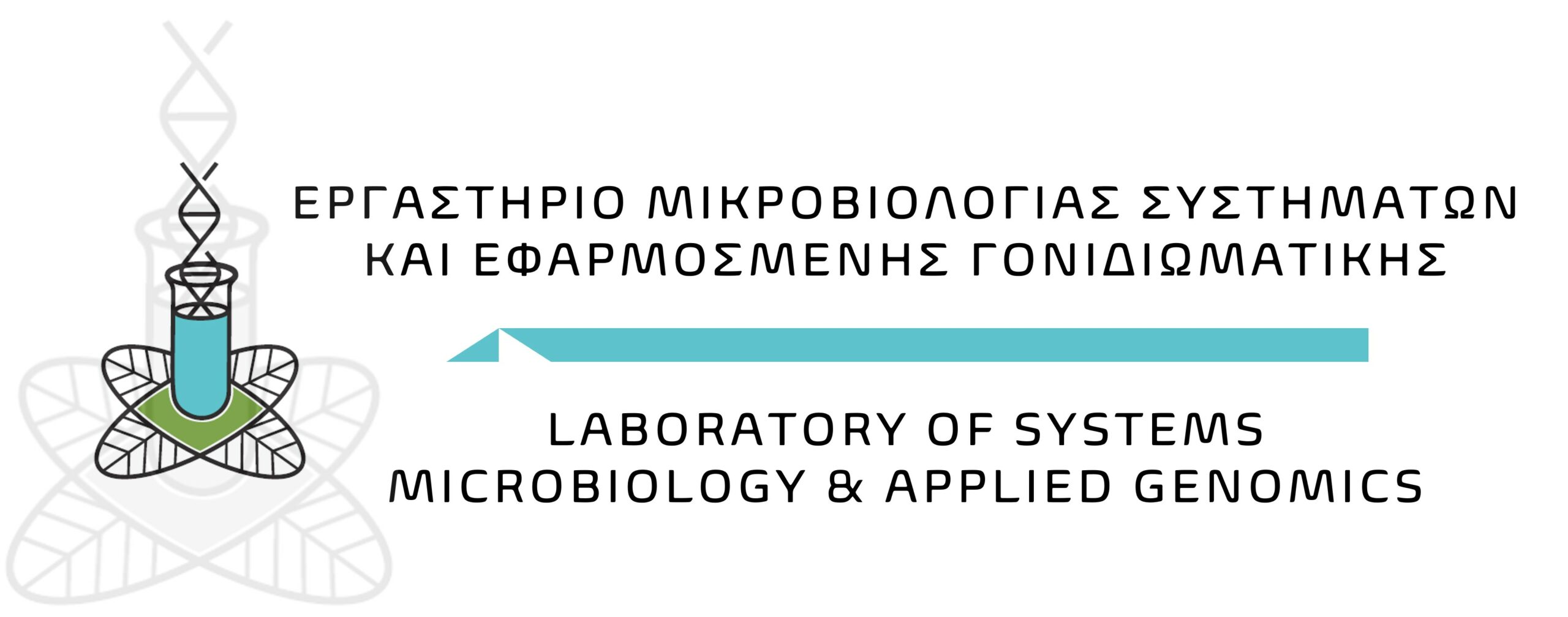Diversity and networking of uni-cyanobacterial cultures and associated heterotrophic bacteria from the benthic microbial mat of a desert hydrothermal spring
Περίληψη Thermal springs harbour microorganisms, often dominated by cyanobacteria, which form biofilms and microbial mats. These phototrophic organisms release organic exudates into their immediate surroundings, attracting heterotrophic bacteria that contribute…
